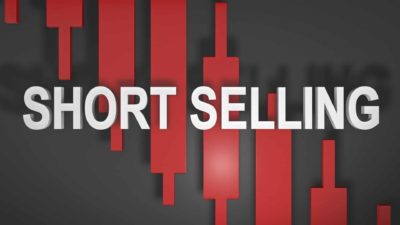I believe that investing in ASX shares is one of the best things that people can do to grow their long-term wealth. But how much does a beginner investor need to start?
The length of time people spend growing their fortune can make just as much difference as how much money people invest and what they invest in. The power of compound returns is very strong.
Albert Einstein once supposedly said about compounding:
Compound interest is the eighth wonder of the world. He who understands it earns it, he who doesn't pays it.
Compound interest in action
The Moneysmart website has a number of useful calculators, including a compound interest one. I'm going to show how putting small amounts of money to work over long periods of time can lead to good results.
If someone starts investing when they're 25 and invests $250 a month for 40 years, and the share market returned an average of 10% per year, that person would contribute $120,000 themselves but finish with a total of $1.33 million.
What if that person started 10 years later? What if they invested $250 a month in ASX shares for 30 years? They would contribute $90,000 — $30,000 less – and their portfolio would finish at $493,500. A reduction of more than $800,000 largely because those extra years of compounding were missed.
There's a phrase used to describe this effect in action: "Time in the market beats timing the market". In other words, the biggest boost comes from staying invested for a long period of time, rather than trying to choose the best time to invest.
How much money is needed to start investing in ASX shares?
Some types of investing, such as property, may need tens of thousands of dollars to get started as an investor. Think how long it could take to save up that initial deposit, and how many years of compounding someone is likely to miss out on.
Another advantage of share investing is that it doesn't require a large amount of debt hanging over one's head to invest either.
With ASX shares, once someone is 18, they can get started with a broker like Commsec, CMC Markets, NABTrade, and so on (there are plenty to choose from – do some comparisons).
The initial investment for an ASX share is usually a minimum of $500. However, once an investor owns shares of that investment, they can sometimes (depending on the broker) top up their holding with smaller investments.
Some brokers may have a very low brokerage fee rate for a trade worth up to $1,000, which is a solid investment size in my view.
Investors may want to ensure they are spending as little on brokerage as possible – both at the purchasing stage and the frequency of trades. It's better for the dollars to be used for compounding the portfolio rather than boosting the broker's profit and paying for their next boat.
What ASX shares can produce compound returns
Investing doesn't have to be complicated. Just picking a quality exchange-traded fund (ETF) that invests in a number of businesses can work well.
ETFs don't require much investment work and can do the compounding for investors, such as Vanguard MSCI Index International Shares ETF (ASX: VGS), VanEck Morningstar Wide Moat ETF (ASX: MOAT), VanEck MSCI International Quality ETF (ASX: QUAL), and iShares S&P 500 ETF (ASX: IVV).
But, there are plenty of individual companies that could deliver long-term growth as well.









